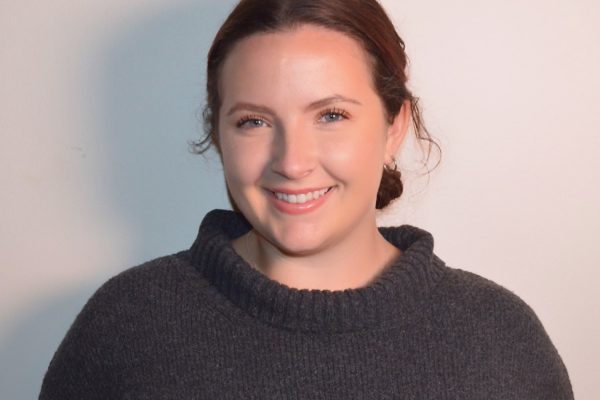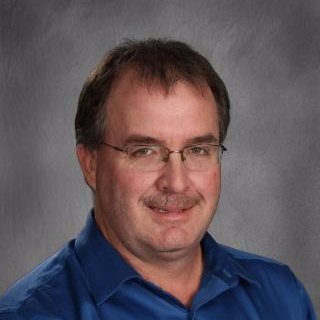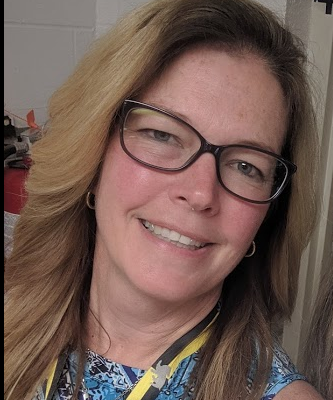Kate Powers
Library Media Specialist
Quinn Elementary School
Dartmouth Public Schools
Despite the popular trend of “doing away with Dewey” for non-fiction sections in school libraries, the rather antiquated numbering system is still the go-to in many media centers as well as most public and college libraries. For the James M. Quinn Elementary School, Dewey’s system is alive and well in our non-fiction section, at least for now, and one of the library’s lessons is how to navigate it.
As you can guess, reciting numbers and sometimes never-ending decimals to fourth and fifth graders is rarely a heart-pounding, thrill-a-minute experience (for them or me), so I knew we needed to liven it up. The best way to do this is to get the students up and moving so I built on the idea of stations and decided that each section would be its own little destination in Dewey’s Amazing Race!
Based on the popular reality television show The Amazing Race, the Dewey version has students in small groups (three students in each group, max) armed with a passport and an iPad mini. Each Dewey section, 000-900, has its own station throughout the library, with two placards at each spot: one with a QR code to scan that explains what can be found in that section, and another task sheet that explains the mission that the group has to complete for that station.
The passport and log sheet contain accountability questions that the students must answer regarding the task before they can get their passport stamped and move on, e.g. for the 400 Language section, the students must use Google translate to write “Hello” in three different languages on their sheet before they can move on to the next station. The first group to complete all stations is the winner of the Amazing Race.
Students Learn, Teacher Learns
When I first thought of the idea of Dewey’s Amazing Race, I knew it was a necessity because no matter how many signs I made or flash card exercises we did, the students just had no clue how to navigate the nonfiction section. Either out of ignorance or sheer laziness, they would look up a book on the catalog, write down the call number, and without fail come to find me to ask where it was. We both became frustrated with each other: me with them for a perceived lack of effort, and them with me for reluctance to help them. I quickly realized that mnemonic exercises would not help them retain this information: they needed to dive into each section themselves.
As soon as we began the project, I noticed a difference. Rather, I heard a difference. “Oh, that’s why the World Record books are in this section? That makes sense.” “Man, the 500 section is gigantic. Why is there so much in here?” “Fairy tales and scary stories are in non-fiction?” “Cool, a book that teaches us Spanish!”
Statistically, the busiest sections of my non-fiction library are my 500s (animals and natural science) and 700s (sports, games, and recreational activities). Students rarely traversed out of there, and apparently one of the reasons they did not was because they simply did not know what else was available. Already my circulation numbers are up in non-fiction sections outside the 500s and 700s. Students also remarked that they did not realize how much depth the sections had: 200s, which contain books about religion, also contain books about Greek and Roman mythology. At this station (pictured above) they had to recreate a pan flute using drinking straws. My Percy Jackson fans were very pleased to know that there was more information on myths available.
The 600s (Technology) was another surprise. I had explained that the term “technology” for Dewey was more than electronics: it was an umbrella term Dewey used for anything man-made, including pet ownership, robotics, transportation, and cooking. Mid-project I had students asking if they could borrow books, and that I should let them because as one student said, “We didn’t even know these were here until today and I really want to cook something Italian tonight.”
At the end of the project, I noticed a substantial increase in students exploring the nonfiction sectiona substantial decrease in students asking for help finding books as a first measure students examining the shelves on their own before asking for help expanded borrowing in sections beyond the typical 500 and 700 areas
The Timeline and Next Steps
The grant timeline was no issue for me whatsoever. I wanted to do a Dewey project as early in the year as possible to set the stage for a successful year, and was able to complete the project by November.
In terms of dissemination, I would love the opportunity to present this project as a workshop or panel at a MassCUE or other professional conference and will be on the lookout for an appropriate venue to do so. Until then, I am sharing the project with my colleague librarians in my district and at our professional development events.
Since this was such a success thanks to the generous MassCUE grant, I am keeping the project going every year as well as using the technology to foster similar lessons throughout the year. Fortunately, the equipment we purchased will help us continue our work.
 Print this post
Print this post



